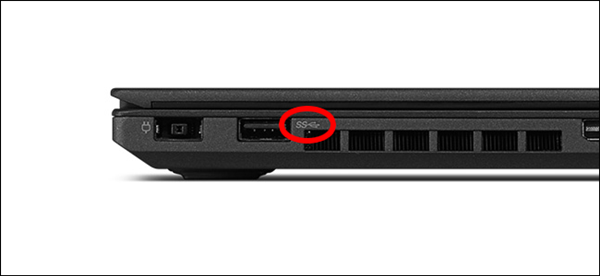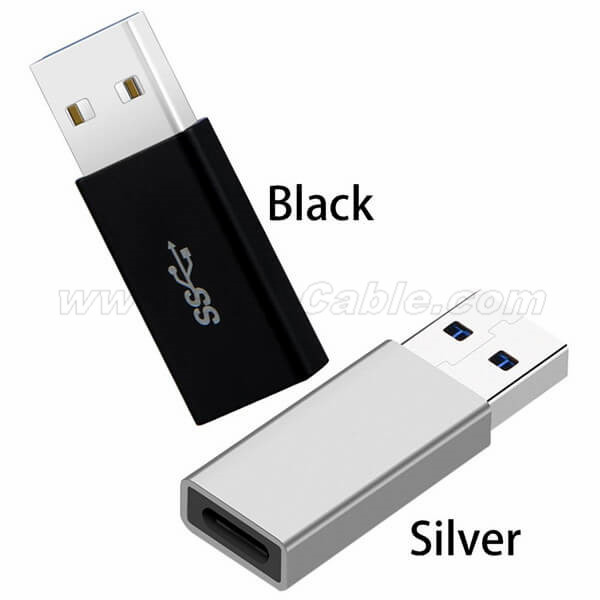USB-C is becoming the standard for connection among laptops and mobile devices. But if your laptop or desktop PC is lacking in ports and you don’t want to replace it, you’ll need an alternative.
If your laptop lacks USB-C ports and you need to connect something to it, the easiest way to go about it is a humble cable. USB-C to USB-A cables (that’s the one with a standard rectangular connector) are available in male and female varieties. In fact, if your new gadget connects only via USB-C, like most newer Android phones, there’s a pretty good chance that a C-to-A cable was included in the box. You can buy more fairly cheaply at any electronics retailer.
When using these cables for anything other than charging, be sure to plug them into a USB 3.0 port. 3.0 (and later) ports aren’t the same thing as A and C ports: the number refers to the Universal Serial Bus revision, while the letter refers specifically to the shape and digital contacts in the connection. 3.0 ports offer greatly enhanced speed versus the older 2.0 standard. 3.0 ports are sometimes marked with blue connectors or some other obvious color shift, and this symbol:
All USB-C cables should support 3.0 speeds, though they may be backwards-compatible with 2.0 ports. Some cheap suppliers may provide cables that only use the C oval head connector, but with compatibility for only the older 2.0 standard—be sure to check when you’re buying them that they support high-speed data, if that’s what you need.
Another option for expanding your access to USB-C ports is a converter, which is essentially the same as an A-to-C cable, but compact and designed to fit onto the end of your existing USB-C-to-C cables. Again, be sure to use your faster USB 3.0 or above ports with converters if at all possible.
the last option for expanding your access to USB-C ports is buy an inexpensive USB hub and USB C hub.The USB standard supports up to 127 devices, and USB hubs are a part of the standard.
A hub typically has four new ports, but may have many more. You plug the hub into your computer, and then plug your devices (or other hubs) into the hub. By chaining hubs together, you can build up dozens of available USB ports on a single computer.
the USB standard allows for devices to draw their power from their USB connection (all USB cables contain two wires -- for +5 volts and ground). A high-power device like a printer or scanner will have its own power supply, but low-power devices like mice and digital cameras get their power from the bus. The power (up to 500 milliamps at 5 volts) comes from the computer. If you have lots of self-powered devices (like printers and scanners), then your hub does not need to be powered -- none of the devices connecting to the hub need additional power, so the computer can handle it. If you have lots of unpowered devices like mice and cameras, you probably need a powered hub. The hub has its own transformer, and it supplies power to the devices that connect to the hub so the devices do not overload the computer's power supply.
Send your message to us:
Post time: Sep-19-2019



